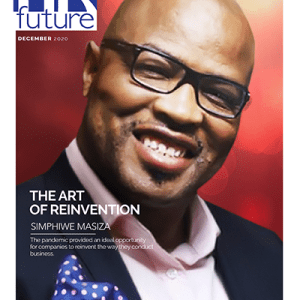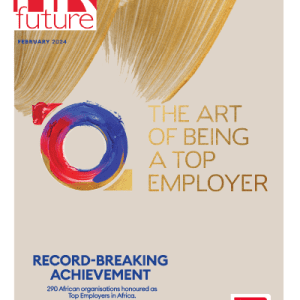2020 may be the year that changes the workplace forever.
COVID-19 has forced countless organizations around the world to shutter their offices temporarily and embrace the tenets of remote work. Pre-coronavirus, the concept of the satellite worker was already growing in the United States: according to Flex Jobs, 4.7 million Americans were working remotely as of February, up from 3.9 million in 2015. That figure accounts for 3.4 percent of the population – a number that promises to grow in the coming years.
While the coronavirus won’t be the death knell for the modern office, it could push businesses around the world to think differently about how they are structuring and distributing their workforces. Those changes will have direct impacts on employee hiring, including vetting, interviewing and onboarding.
With these shifts in mind, here are three changes that employers can make to their hiring protocols right now to prepare their workplaces for whatever comes next.
1. Don’t be shackled to the traditional in-person interview
There’s a lot to love about in-person interviews. Meeting someone face-to-face, getting to shake their hand, and looking into their eyes as they answer your interview questions produce a human connection that is difficult to fully replicate with video or phone interviews.
It has been scientifically proven that we form a better first impression of people when we are given the chance to shake their hands. Some sources claim that COVID-19 could be the end of the handshake as a popular, socially-acceptable (or socially-obligated) greeting. Other hallmarks of the in-person interview could be in jeopardy, too, even as we move past this period of social distancing and limited contact.
The smartest thing that employers can do right now is not to shackle themselves to in-person interviews as their only means of hiring. If you haven’t already, start researching and testing out video interview tools to give your hiring managers another option for screening new candidates.
2. Re-emphasize the candidate experience
Unemployment rates spiked dramatically during the first half of 2020, which means that a lot of people will likely be job-hunting throughout the second half of the year. Prepare for an influx of applicants by overhauling your organization’s candidate experience.
Wherever possible, look for opportunities to streamline the hiring process. Build more interactive careers pages that make it easy for candidates to find jobs that match their interests and qualifications. Embrace artificial intelligence to help you sort resumés and identify high-potential candidates. Implement an applicant tracking system (ATS) that makes it easier to monitor the journeys that candidates take through your hiring process from application to interview to hiring decision. Improve communication with applicants by using chatbots.
Collectively, these measures could lead to happier applicants, faster hiring processes, and better hires.
3. Get holistic with your background checks
Look at your recent hiring history: when you made “bad” hires, what was the problem? Was the person not the right fit for the job in skills or qualifications? Were they a mismatch with your company culture? Did you learn something about the person after the fact that made them a liability to keep on staff? Was their job performance simply not up to snuff? While some short-lived hires are difficult to predict or avoid, most can be preempted by careful, comprehensive vetting.
If you are shaking up your hiring approach in 2020 anyway, why not take a second look at your organization’s protocols for running background checks on new candidates. Don’t just run a single county criminal history check and call it complete: expand the scope of your criminal searches to leave no stone unturned. Incorporate checks that verify resumé information, such as education, employment history and professional licences or certifications. Contact references to learn more about who a person really is outside of the job interview. These steps can predict many of the issues that crop up with unsuccessful hires – hopefully saving you from having to let someone go after just a few months to the detriment of workplace morale and productivity.
In addition, consider implementing ongoing criminal monitoring or other annual vetting strategies for existing employees. When you run a background check on a new hire, it is a snapshot of one moment in time. Ongoing background checks and criminal monitoring can keep you aware and up-to-date on your employees. If someone who works for you is convicted of a crime that calls their employment into question, you can get that information immediately rather than waiting a set period, such as five years, for a routine background check update.
Conclusion
We may not see or understand the full impact of this pandemic until years in the future, but hiring is always evolving with the times to embrace new technologies or reflect societal trends. Adapting and evolving your organization’s hiring strategies is crucial for the success of your hiring plan. Keep these three tips in mind over the months and years to come and prepare your business for the future of work.
Michael Klazema is the Chief Marketing Technologist at VODW.com, he is also the lead author/editor for backgroundchecks.com and a regular Beta News contributor.


























